Day 3 of my trek started out cold and sunny with two inches of snow on the ground and snow blowing off peaks glimmering in the sunshine. From Ghora Taveola onwards the valley opened up to the U-shape typical of places that have been glaciated – wide relatively flat valley floors with vertical cliff sides. The hike still had its steep parts, but the blue skies and snow on the trees made it magical. I started out a little before Jo again, but it didn't take long before she passed me, since there were still some quite steep parts during the first few hours.
One feature of the Langtang Valley which differs from most of the Annapurna Trek I would do the following month is that there is no road into the valley
. That means that everything has to be portered in, either on mule trains or on the backs of humans. Nepal is one of the only places I’ve been where humans appear to be the primary beasts of burden. Yes, in Africa you’ll see women carrying large loads on their heads, but most still goes on the backs of various pack animals. Nepalese, though, are like ants – small but seemingly able to carry several times their body weight on their backs steadied by a rope around their foreheads. The fact that things have to be carried in makes weighty things like beer, bottled water, and soft drinks especially expensive in Langtang, prices rising consistently with distance from the bottom of the valley.
My pace slowed as my emotions rose as the vistas became ever more beautiful. By late morning I was within a mile or so of Langtang and ran into Jo at a group of guesthouses making up a settlement named Ghomba. She was excited about the Losar (Tibetan New Year) celebrations going on, but by the time I got arrived the ceremonies were mostly over and the drinking was well under way
. She found the man with the key to the Gompa (monastery) up on the hill, and we followed him for a personal tour. The dude just pointed at things and then held out his hand for a tip as we finished, but it was still a pretty special experience.
Jo continued onwards intending to reach Kyanjin Ghompa, the highest settlement in the valley by late afternoon. I was bushed, mostly from the big altitude gain the day before, and wished her well – axe murderers in the valley or not, I would not be able to make it that far. I settled in for lunch with the folks enjoying chang and rakshi for Losar and partook of some myself. Chang (not sure about spelling) is the local brew made from fermented barley or rice and served warm. It’s passable. Rakshi is described as rice wine, but it’s total fire water and clearly a distilled spirit. Feeling good after lunch and chang and rakshi I decided to stay the evening at the guesthouse rather than continue on twenty minutes or so to busier Langtang village
.
As I was the only guest at the guesthouse that night I ate dinner with the family. One thing I discovered in Langtang was that people there were quite beggarly in a way I rarely encountered elsewhere. The manager and his wife (who spoke a bit of English) told me about their eldest daughter in Kathmandu who was in school in Kathmandu, sponsored by a German tourist. The schools in Langtang are poor – would I like to sponsor their son for 100,000 rupees (about $1,000) per year to go to school in Kathmandu? "Sorry, but I’ll have another beer to help support the fund….Thank you!" As I left after breakfast in the morning they insisted on their nephew accompanying me to Kyanjin Gompa..clearly so he’d steer me to their relative’s guesthouse there. I almost had to throw stones at him to leave me alone and let me walk by myself in the morning. The desperation of the people in Langtang is probably related to the loss of business from word getting out about the women trekkers gone missing in the valley, but it was still very annoying
.
Langtang village is home of almost all of the valley’s 1,000 or so residents when they aren’t serving tourists at guesthouses higher or lower. It’s not very big, but had a real medieval feel about it as I walked through. Beyond Langtang the valley opened up further, snow-capped peaks and glaciers all around. Along the trail were chortens and incredible mani walls. What’s a mani wall? Well, it’s a pile of stones that forms a long wall that separates directions on a thoroughfare. In Tibetan Buddhism one must always circumnavigate such religious shrines towards the left (clockwise direction) for good karma. The walls are covered with flat stones into which prayers are carved. The amount of work that must have gone into carving prayers onto these stones covering the mile long wall absolutely boggles the mind.
Above Langtang the valley broadened further and flattended out for a beautiful walk at 12,000-plus feet in brilliant sunshine
. My approach to Kyanjin Gompa I’m including in my next entry, but I should mention something about my return trip. I was all alone as I was walking back down valley on another brilliant morning. A local Tibetan man came running towards me. He approached me and begged and pointed and made weird sounds. He pointed toward my backpack. “No, you can’t have what’s in it.” He started yelling “socks” and pointed downwards to his feet. “No, I don’t have socks”. He came closer. I started freaking out and snarling at him to go away in the throatiest voice I could muster and making aggressive fist and punching gestures towards him. “Is this the Langtang Valley murderer,” I wondered, “or am I just being an jerk to a desperate local”. Anyway, he wandered off and I continued onwards without turning my back towards him.
I mentioned the story to people later on in my trek. “Are you sure he was saying 'socks’ and not ‘sex’ they all asked when I described the situation. It had not occurred to me at all that that was what he might have been seeking, but it seemed like a real possibility when others suggested it.
Langtang Valley Trek Part II - Central Valley
Wednesday, March 05, 2014
 Langtang National Park, Himalayan Region, Nepal
Langtang National Park, Himalayan Region, Nepal
Other Entries
-
41Mamallapuram - Seaside Temples in Stone
Jan 2836 days prior Mamallapuram, Indiaphoto_camera49videocam 0comment 0
Mamallapuram, Indiaphoto_camera49videocam 0comment 0 -
42Chennai - India's Fourth Biggest City
Jan 3034 days prior Chennai (Madras), Indiaphoto_camera53videocam 0comment 0
Chennai (Madras), Indiaphoto_camera53videocam 0comment 0 -
43Tirumala - World's Most Visited Pilgrimage Site
Jan 3133 days prior Tirupati, Indiaphoto_camera8videocam 0comment 0
Tirupati, Indiaphoto_camera8videocam 0comment 0 -
44Andhra Pradesh - Two Days Transit in Eastern India
Feb 0231 days prior Visakhapatnam, Indiaphoto_camera24videocam 0comment 0
Visakhapatnam, Indiaphoto_camera24videocam 0comment 0 -
45Gaudaguda - Paroja Tribal Villages and Markets
Feb 0429 days prior Rāyagada, Indiaphoto_camera96videocam 0comment 0
Rāyagada, Indiaphoto_camera96videocam 0comment 0 -
46Paroja Tribal Wedding Celebration
Feb 0528 days prior Rayagada, Indiaphoto_camera36videocam 0comment 0
Rayagada, Indiaphoto_camera36videocam 0comment 0 -
47Tribal Hill Country of Odisha State
Feb 0627 days prior Bissamcuttack, Indiaphoto_camera53videocam 0comment 0
Bissamcuttack, Indiaphoto_camera53videocam 0comment 0 -
48Gopalpur - Orissa Seaside Village
Feb 0726 days prior Gopālpur, Indiaphoto_camera55videocam 0comment 0
Gopālpur, Indiaphoto_camera55videocam 0comment 0 -
49Chillika Lake - Largest Brackish Lake in Asia
Feb 0825 days prior Gamandia, Indiaphoto_camera51videocam 0comment 0
Gamandia, Indiaphoto_camera51videocam 0comment 0 -
50Puri - Eastern India's Holy Hindu City
Feb 0924 days prior Puri, Indiaphoto_camera47videocam 0comment 0
Puri, Indiaphoto_camera47videocam 0comment 0 -
51Konark - Seaside Temple of the Sun
Feb 1023 days prior Konark, Indiaphoto_camera48videocam 0comment 0
Konark, Indiaphoto_camera48videocam 0comment 0 -
52Kolkata - India's Cultural Capital
Feb 1221 days prior Kolkata (Calcutta), Indiaphoto_camera107videocam 0comment 0
Kolkata (Calcutta), Indiaphoto_camera107videocam 0comment 0 -
53Darjeeling - The Raj's Premier Indian Hill Town
Feb 1518 days prior Darjeeling, Indiaphoto_camera69videocam 0comment 0
Darjeeling, Indiaphoto_camera69videocam 0comment 0 -
54Karmi Farm - Relaxation and Trekking in the Hills
Feb 1815 days prior Bijanbāri Bāzār, Indiaphoto_camera96videocam 0comment 0
Bijanbāri Bāzār, Indiaphoto_camera96videocam 0comment 0 -
55Sikkim - India's Himalayan Mountain Kingdom
Feb 2211 days prior Gangtok, Indiaphoto_camera40videocam 0comment 0
Gangtok, Indiaphoto_camera40videocam 0comment 0 -
56Closing the Circle - The Road Back to Kathmandu
Feb 258 days prior Hitura, Nepalphoto_camera20videocam 0comment 0
Hitura, Nepalphoto_camera20videocam 0comment 0 -
57Langtang Valley Trek Part I - The Low Country
Mar 032 days prior Shyaphrubesi, Nepalphoto_camera59videocam 0comment 0
Shyaphrubesi, Nepalphoto_camera59videocam 0comment 0 -
58Langtang Valley Trek Part II - Central Valley
Mar 05 Langtang National Park, Nepalphoto_camera113videocam 0comment 0
Langtang National Park, Nepalphoto_camera113videocam 0comment 0 -
59Langtang Valley Trek III - Among Himalayan Peaks
Mar 083 days later Langtang National Park, Nepalphoto_camera120videocam 0comment 0
Langtang National Park, Nepalphoto_camera120videocam 0comment 0 -
60Negombo - The Rome of Sri Lanka
Mar 1510 days later Negombo, Sri Lankaphoto_camera40videocam 0comment 0
Negombo, Sri Lankaphoto_camera40videocam 0comment 0 -
61Wilpattu - Leopard Spotting
Mar 1712 days later Wilpattu National Park, Sri Lankaphoto_camera29videocam 0comment 0
Wilpattu National Park, Sri Lankaphoto_camera29videocam 0comment 0 -
62Arunadhapura - Ruins of Sri Lanka's First Capital
Mar 1813 days later Anuradhapura, Sri Lankaphoto_camera40videocam 0comment 0
Anuradhapura, Sri Lankaphoto_camera40videocam 0comment 0 -
63Dambulla - Buddhist Mountaintop Cave Temples
Mar 1914 days later Dambulla, Sri Lankaphoto_camera29videocam 0comment 0
Dambulla, Sri Lankaphoto_camera29videocam 0comment 0 -
64Polonnaruwa - Anicent Ruins & Elephant Safari
Mar 2015 days later Polonnaruwa, Sri Lankaphoto_camera46videocam 0comment 0
Polonnaruwa, Sri Lankaphoto_camera46videocam 0comment 0 -
65Sigiriya - Sri Lanka's Rock Top Fortress
Mar 2116 days later Sigiriya, Sri Lankaphoto_camera25videocam 0comment 0
Sigiriya, Sri Lankaphoto_camera25videocam 0comment 0 -
66Kandy - Sri Lankan Cultural Capital
Mar 2217 days later Kandy, Sri Lankaphoto_camera74videocam 0comment 0
Kandy, Sri Lankaphoto_camera74videocam 0comment 0 -
67Adams Peak - Where Adam Landed on Earth
Mar 2419 days later Hatton, Sri Lankaphoto_camera33videocam 0comment 0
Hatton, Sri Lankaphoto_camera33videocam 0comment 0 -
68Sri Lanka Central Highlands - Tea Country
Mar 2520 days later Bandarawela, Sri Lankaphoto_camera64videocam 0comment 0
Bandarawela, Sri Lankaphoto_camera64videocam 0comment 0 -
69Sri Lanka's South Coast - Colonial Galle & Beaches
Mar 2722 days later Galle, Sri Lankaphoto_camera57videocam 0comment 0
Galle, Sri Lankaphoto_camera57videocam 0comment 0 -
70Colombo - Sri Lanka's Capital
Mar 2924 days later Colombo, Sri Lankaphoto_camera36videocam 0comment 0
Colombo, Sri Lankaphoto_camera36videocam 0comment 0 -
71Male - Tiny Capital of the Maldives
Mar 3025 days later Male, Maldivesphoto_camera62videocam 0comment 0
Male, Maldivesphoto_camera62videocam 0comment 0 -
72Maldives - Crusing Through Paradise on a Dhoni
Apr 0531 days later Felidhoo, Maldivesphoto_camera99videocam 0comment 0
Felidhoo, Maldivesphoto_camera99videocam 0comment 0 -
73Annapurna Trek I - Lower Marshyangdi River Valley
Apr 1137 days later Bahundanda, Nepalphoto_camera86videocam 0comment 0
Bahundanda, Nepalphoto_camera86videocam 0comment 0 -
74Annapurna Trek II - Long Day to Chame
Apr 1339 days later Chame , Nepalphoto_camera43videocam 0comment 0
Chame , Nepalphoto_camera43videocam 0comment 0 -
75Annapurna Trek III - Medieval Upper Pisang
Apr 1440 days later Upper Pisang, Nepalphoto_camera102videocam 0comment 0
Upper Pisang, Nepalphoto_camera102videocam 0comment 0 -
76Annapurna Trek IV - High Road to Manang
Apr 1541 days later Manang, Nepalphoto_camera155videocam 0comment 0
Manang, Nepalphoto_camera155videocam 0comment 0

 Langtang National Park, Himalayan Region, Nepal
Langtang National Park, Himalayan Region, Nepal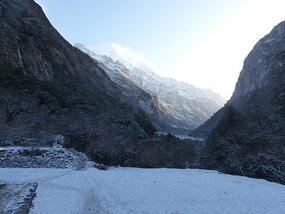
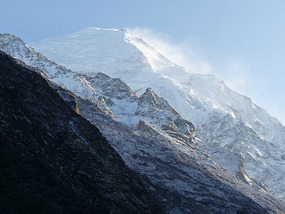
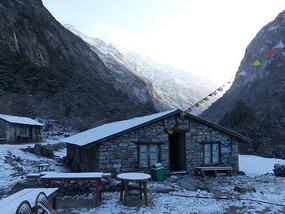
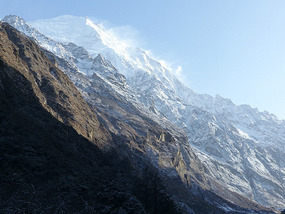





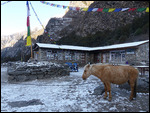
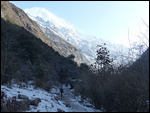
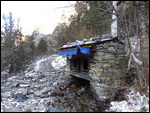
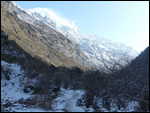

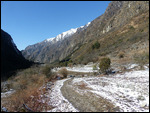
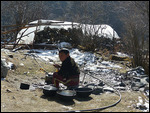
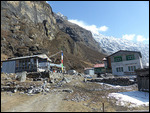
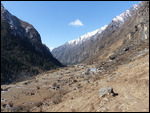
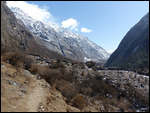
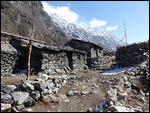
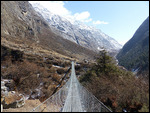
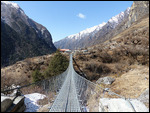
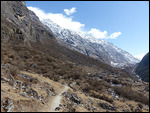
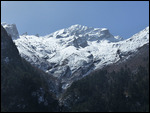
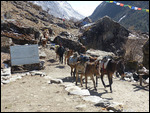

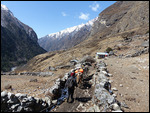
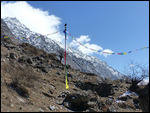
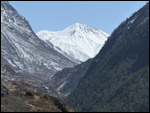
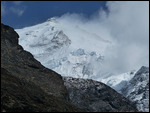
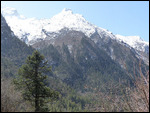
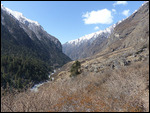
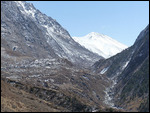
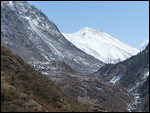
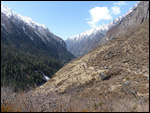
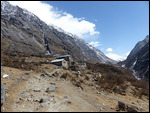
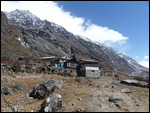
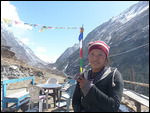
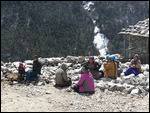
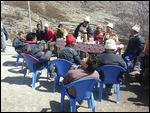
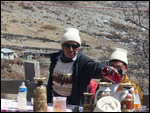

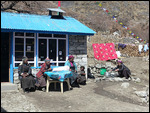
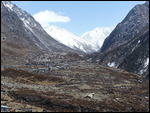
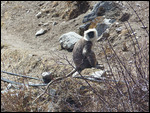
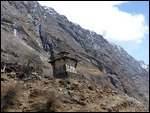
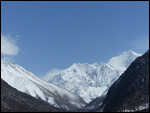
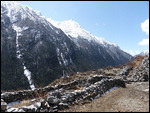
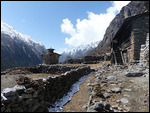
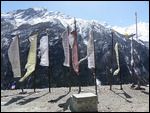
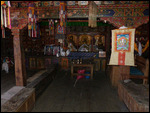
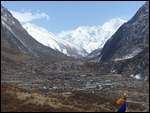
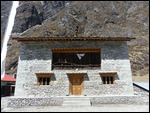
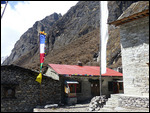
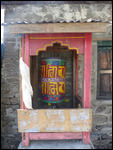
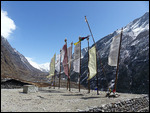
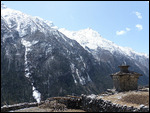
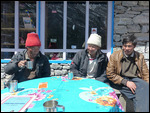
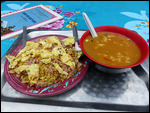
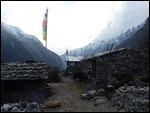
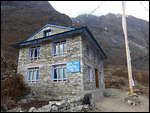
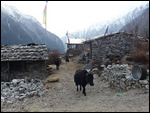
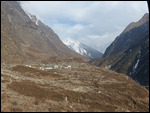
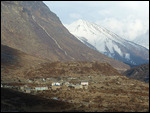
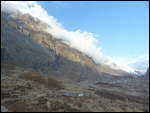
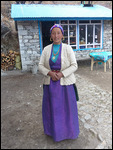
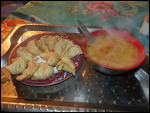
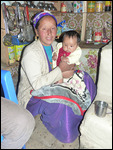
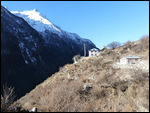
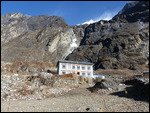
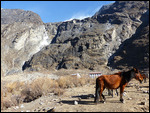

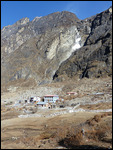
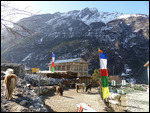
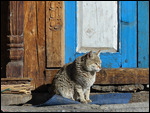
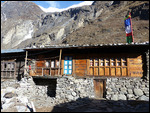
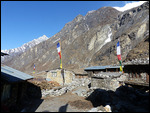

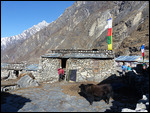

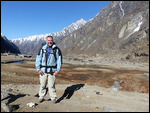
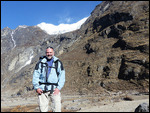
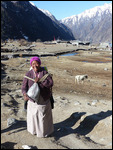

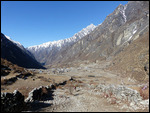
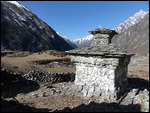
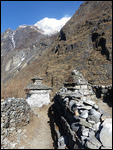
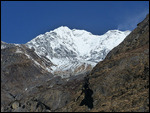
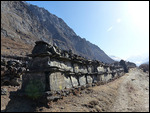
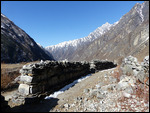
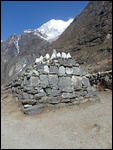
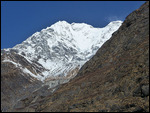
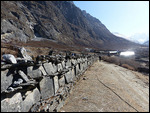
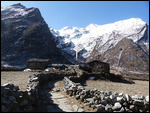
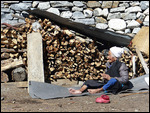
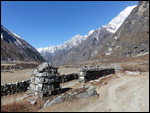
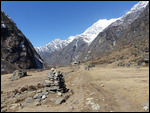
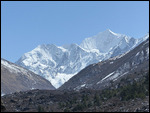
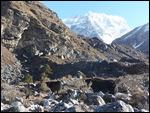
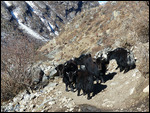
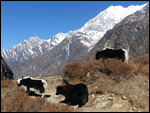
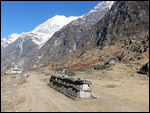
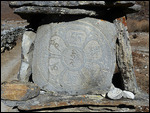
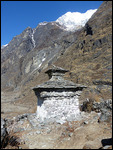
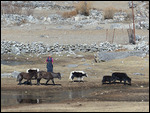
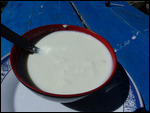
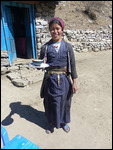
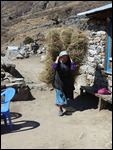
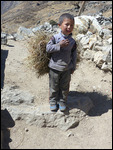
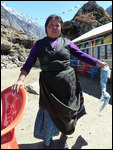
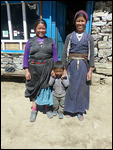
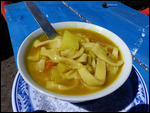
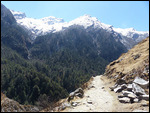
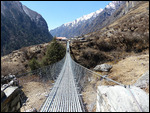
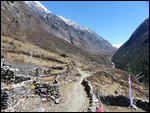
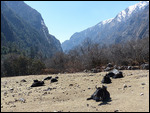
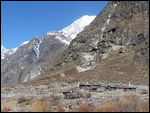
2025-05-22